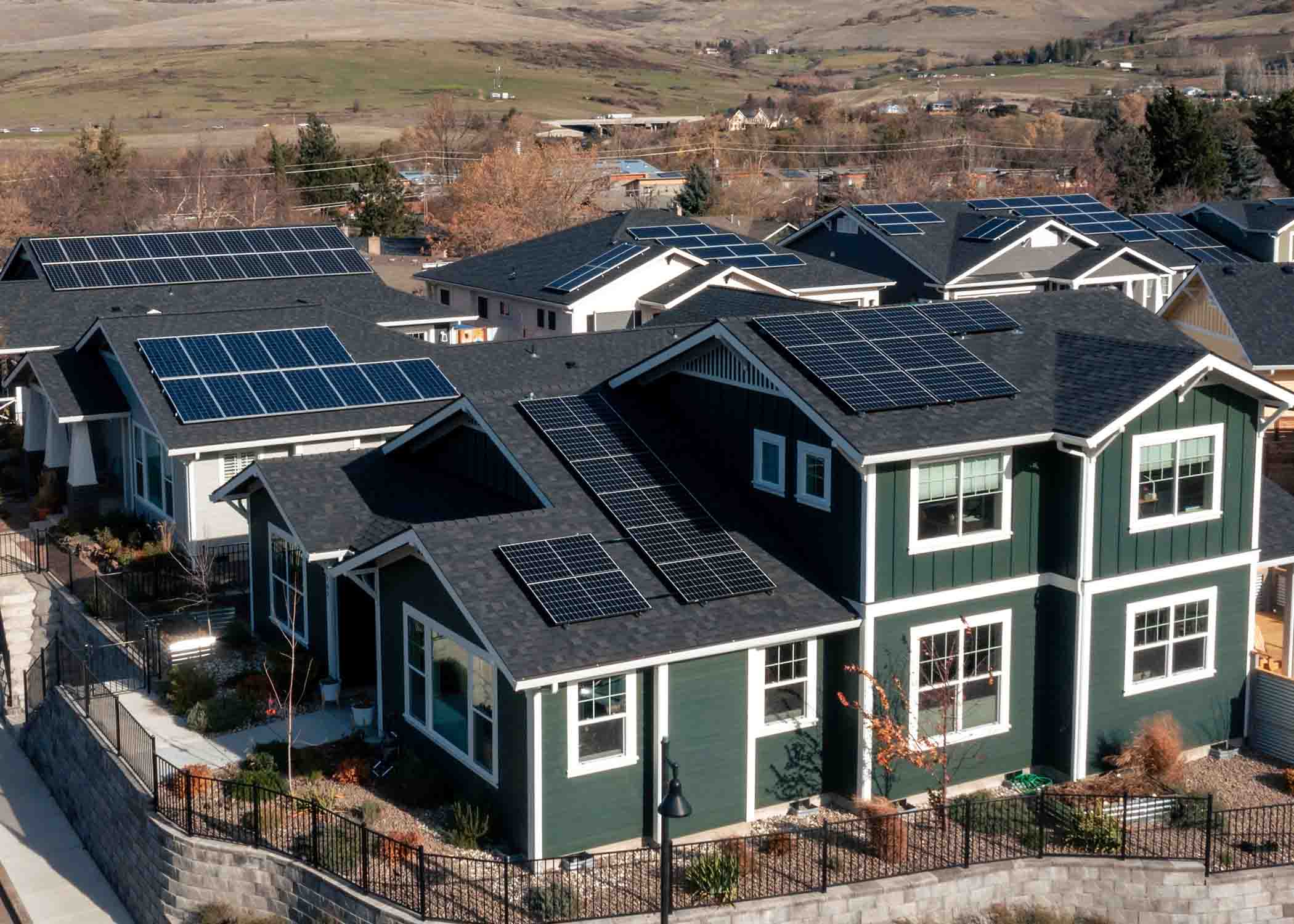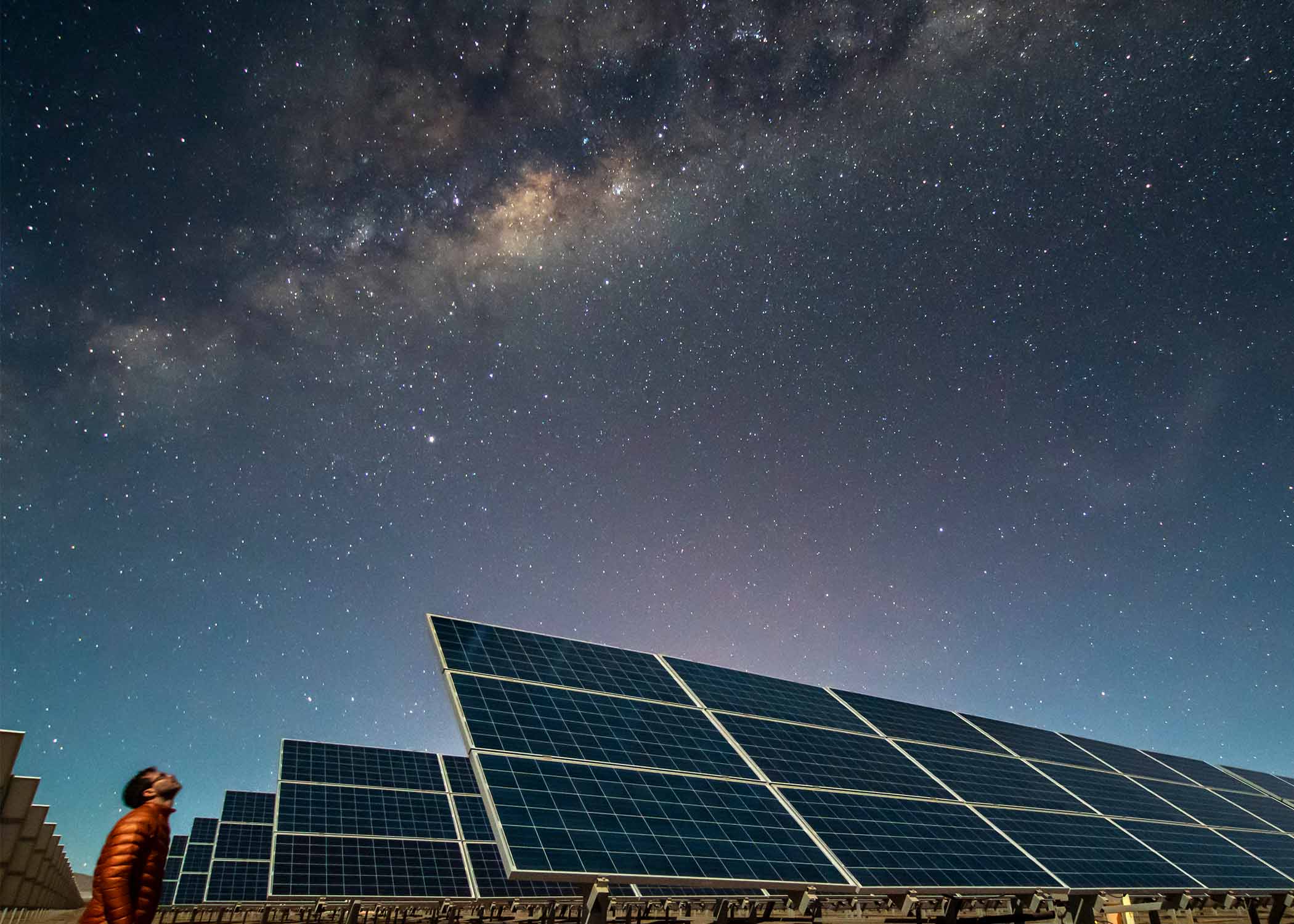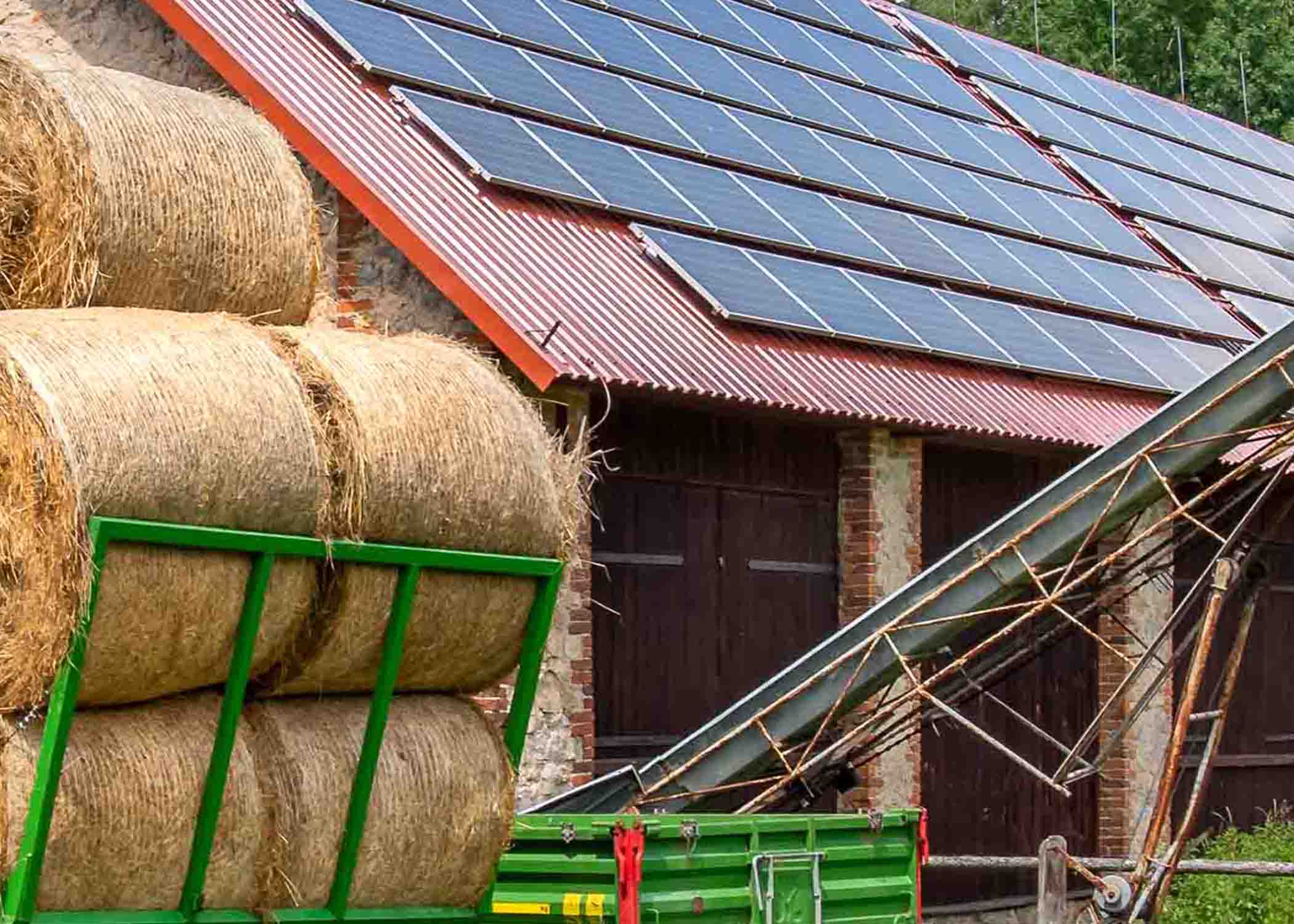Scientists have discovered that the best places to build large solar arrays have the same properties as areas traditionally used as cropland.
Solar panels can provide clean and affordable energy for your farm while also making it easier to manage remote properties where traditional electric lines are impossible.
Adding solar production can diversify income streams and reduce overall operating costs for many farmers.
Additionally, solar panels are used for various purposes, such as running equipment and powering well pumps.
For example, solar panels help reduce concerns about watering crops during power outages.
However, like many farmers, you may be concerned about large solar arrays’ potential impact on soil health.
Let’s look at what current research says about the subject.
Impacts of Large Array Construction on Soil Health
The US Department of Energy offers a guide to help farmers make informed decisions about solar panels.
According to their research, adding solar panels may have some effects.
Evidence suggests that trace amounts of photovoltaic panel chemicals have little to no impact on soil health.
One European study showed that large solar arrays affect the soil’s physical and chemical characteristics.
Additionally, the soil under panels was up to 10 degrees cooler than soil without cover, producing lower levels of CO2.
Considering the increasing temperatures in many prime agricultural regions, this is positive for soil health.
Effects of Solar Panels on Water Distribution
Significant research has studied the interaction of PV arrays and soil health.
Multiple studies confirm that soil under ground-mounted panels holds more moisture than the surrounding soil.
Also, plants growing there produce a cooling effect, which helps solar panels operate more efficiently.
Solar panels’ effect on soil moisture can help increase energy independence and reduce water consumption while boosting crop yields.
Another area to examine is the redirection of runoff from panel surfaces.
When channeled properly, this rainwater can be used for irrigation, further reducing demands on your farm.
Integrating Grazing With Solar Panels for Improved Soil Health
Researchers have examined using the land under solar panels for small grazing livestock.
Sheep, in particular, thrive in these conditions.
In addition to improving soil quality, pollinator-friendly vegetation under panel arrays helps increase crop yields.
According to one analysis of solar grazing sites, the soil under PV panels had higher levels of nitrogen and carbon without compaction compared to similar, non-grazing locations.
A Solar Partner to Grow with
At Unbound Solar, we help people with differing needs make informed decisions about solar energy.
Strategically placed solar panels can help you to take control of your livelihood without compromising soil health.
Reach out today–we’d love to learn more about your operation!



